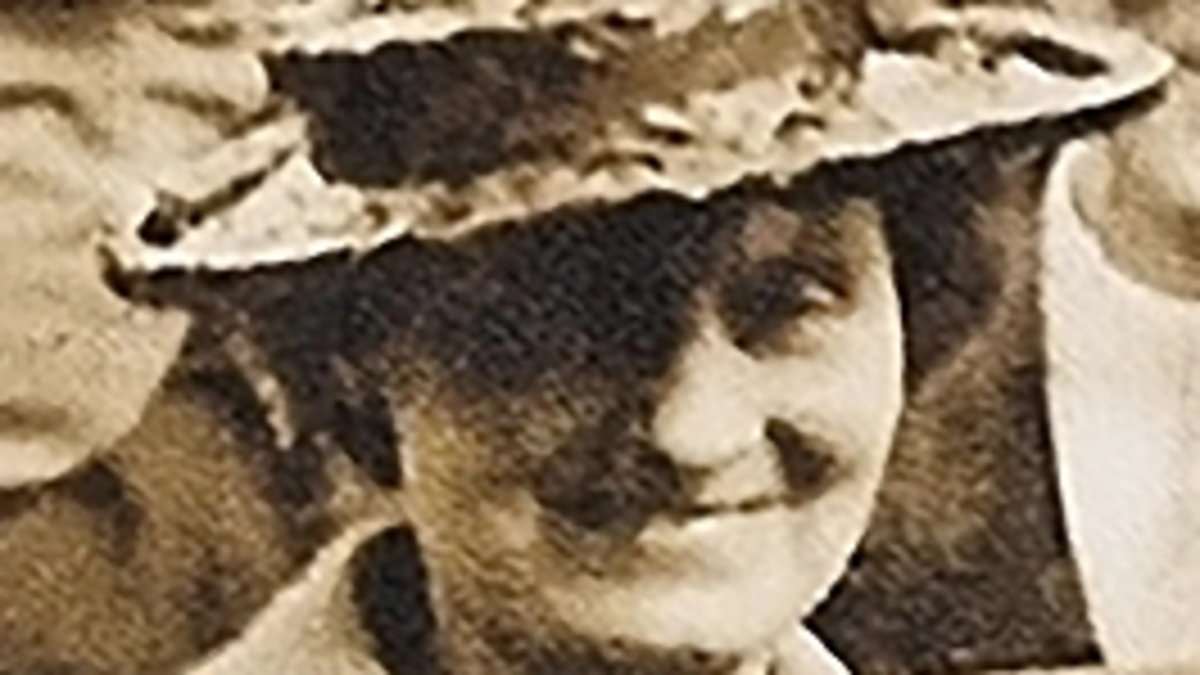A ninety-two-year-old man has been remanded in custody after appearing in court charged with raping and murdering a woman 57 years ago.
Pensioner Ryland Headley, of Clarence Road, Ipswich, was arrested on Tuesday morning in connection with the killing of Louisa Dunne in 1967.
Ms Dunne, 75, was found dead in her home in Britannia Road, Bristol by a neighbour nearly 60 years ago. A review into the death began last year.
She had been raped and strangled to death in her front room.
Headley, who was accompanied by his solicitor, was not asked to enter pleas to the two charges against him.
He spoke only to confirm his name, date of birth and address, and that he understood the hearing was taking place as if he was physically present in court.
Concluding Ryland Headley’s appearance at Bristol Magistrates’ Court, District Judge Lynne Matthews told the defendant: ‘There are two charges which are alleged against you.
‘The first is that between the 26th and 29th of June 1967 in Easton, Bristol, you murdered Louisa Dunne.
‘The second allegation is that between the same dates in Bristol, you raped Louisa Dunne, a woman.’
The judge added: ‘The two matters are going to be sent to the crown court.
‘A hearing at Bristol Crown Court will be tomorrow, at or about 10am.
‘I have no power to consider the question of your bail, and therefore you will be remanded in custody until tomorrow.’
Ms Dunne was said to have kept to herself and lived alone at her Bristol home.
In her earlier life, she had been among Bristol’s social class, as she was married to city alderman Teddy Parker. He was on course to become the city’s mayor before his death.
Neighbours said she had gone into a state of decline after the death of her second husband, a night watchman, just years before her murder.
She was only found dead in her front room after a local spotted her window was open.
They found her dressed in a black velvet coat and shawl with strangulation marks around her throat.
Police believed the killer had broken into her home between 11.30pm and 4am, and found a handprint near the open window.
There was no sign of a struggle in her home.
Speaking after Headley was charged, DI Dave Marchant said: ‘This development marks a hugely significant moment in this investigation.
‘Now criminal proceedings are underway it’s important to stress the defendant has the right to a fair trial. Any speculation or misinformation on the circumstances of this case has the potential to prejudice these ongoing proceedings.
‘We’ve updated Louisa’s family about this charging decision and a specialist liaison officer will continue to support them in the coming days, weeks and months.’
The night before her horrific death, Ms Dunne had spent the evening with one of her closest friends, 79-year-old Alice Clarke.
‘Sometimes she would stay only a few minutes but this time she stayed longer than usual,’ Mrs Clarke told the Bristol Evening Post.
‘She came at about 5.15pm and left at about 7.30pm.
‘We had a bit of custard and stewed gooseberry. When she left she said, as she always did, ‘Good night. God bless. I don’t know when I’ll be seeing thee’.’
Officers also rounded up the city’s ‘tramps and vagrants’ and brought them in for questioning, with some 21 picked up in police patrol cars in one swoop.
‘We found them sleeping in countryside, empty houses and parks,’ one detective said. ‘They got a free meal afterwards.’ All were eliminated from the inquiry.
Police hunted for the killer, taking palm prints from thousands of men aged between 16 and 60 in the Easton area.
Detective Chief Inspector Frederick Cross, who was working on the case, said: ‘We are getting 100 per cent co-operation from the public for this difficult job.
‘People have been coming into the station and volunteering their prints and ringing us up to tell us when they will be home.’
A team of eight were said to be checking and re-checking the prints for up to 15 hours a day – with a pile of 5,000 to be looked at.
After each print was cleared, it was filed away and officers said once the hunt for the killer was over, the prints would be destroyed by being thrown into a sack before being burnt at Bridewell police station.
